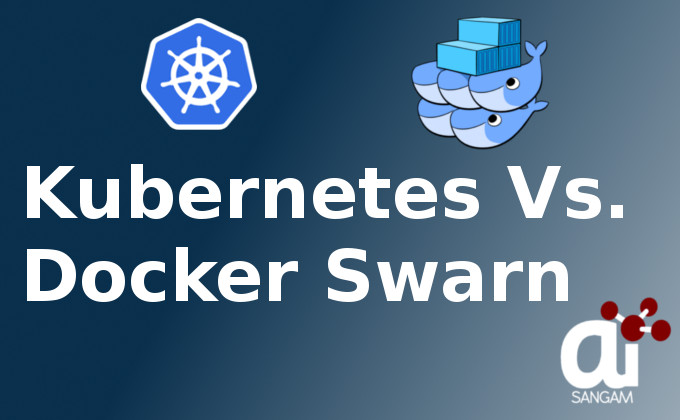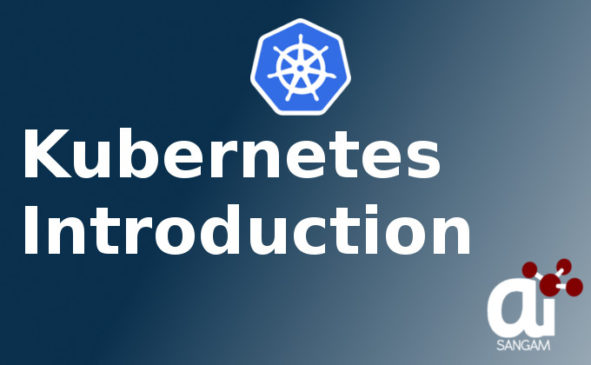![]()
Starting with the word both Docker swarm and Kubernetes are leading container orchestration. You might be stopped at the point what is container orchestration. Yes let us write two simple and understandable lines on definition of it. Container Orchestration is the process of organizing multiple containers for the application to run. These container contains the packages or applications. If you are facing problem in understanding it let me conclude the meaning in simple line which states that these both technologies are used to manage packages in an organized and effective way such that optimization is reached at the maximum level and only required memory is used to run the application. Another features would be to restart the containers automatically and to create new ones when old ones crashed such that applications and packages are saved in those containers. Please remember that these applications run inside the nodes. This tutorial or blog is about pointing the difference between these two tool or Orchestration.
| Features | Kubernetes | Docker Swarm |
| Installation and Cluster setting | It is bit difficult. You need to define commands to configure master node then command to set the dashboard before connecting node with the master. There would be some commands to set the POD. So difficult to configure | Setting the cluster in the docker swarm is very easy. Only two commands need to be executed. |
| Graphical User Interface | Kubernetes provides GUI in form of dashboard | There is no GUI |
| Scalability | Setting up of the cluster is difficult as compared to other but when once set is better at maintaining better cluster strength but its scalability is 5 times less faster than later but maintaining strength is more important. | Scaling is fast as compared to kubernetes but again cluster strength is less which is need for stability. |
| Auto Scaling | It wins as it supports auto scaling without any manual intervention | It does not support auto scaling |
| Logging and Tracking | SO thanks that there is no need for 3 rd party tools for logging and tracking. Logging helps to remove the error which are faced and tracking helps to get knowledge of nodes health by the master so that every container is working properly and are communicating to each other in the PODS. | 3RD part tools are needed for this purpose. |
| Community Support | Backed by Cloud Native Computing foundation with about 50,000 commits and 12 00 contributors | It has smaller community. |
| Rolling Updates & Rollbacks | Kubernetes provides rolling updates to the PODS. Here is the crux of this features, Kubernetes provides automatic rollback in case of failure. | Docker Swarm provides rolling updates to the containers. It does not provide the automatic rollback in case of failure. |
Summary of this Blog
- Installation and configuration is difficult in kubernetes while easy in docker swarm but when once configured former performs better than the later.
- Scalibilty is faster in docker swam as compared to kubernetes but cluster strength is more in later as compared to the former.
- Kubernetes provides both auto-scaling as well as automatic roll back but such is missing in the docker swarm.
- Logging and tracking is built in kubernetes while provided by 3rd party in docker swarm.
- High community support for kubernetes but less for docker swarm.
- Kubernetes supports GUI in form of dashboard which is not available in the docker swarm.

